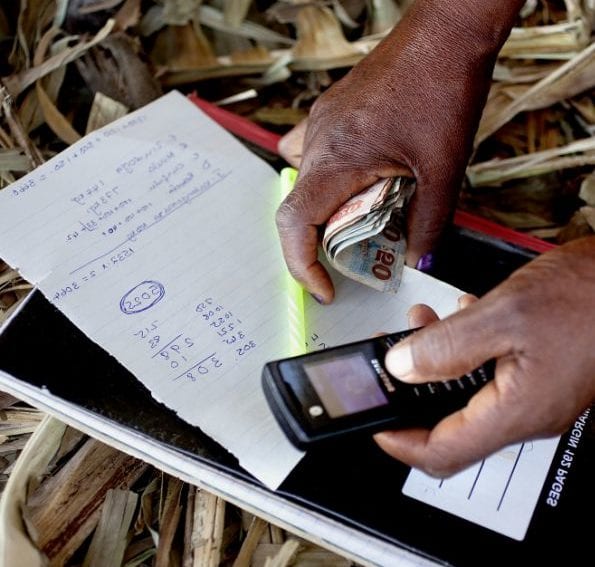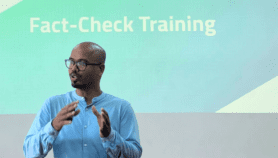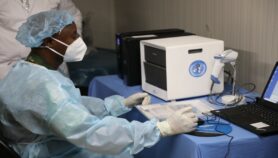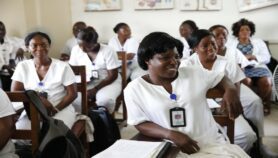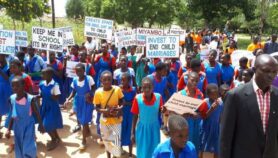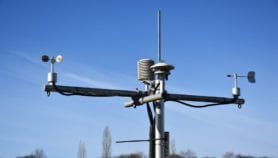By: Pauline Okoth
Send to a friend
The details you provide on this page will not be used to send unsolicited email, and will not be sold to a 3rd party. See privacy policy.
An online donor mapping tool that captures over US$16 billion worth of investment in early childhood development (ECD) in East Africa has been launched.
The tool maps out aid flow in East Africa based on eight key areas of ECD that were determined by an advisory group of experts, with reference to existing frameworks by Brookings Institute, World Health Organisation, UNICEF and UNESCO.
“This tool will help jumpstart conversation and greater collaboration among private donors.”
Lisa Bohmer, Conrad N. Hilton Foundation
The focus areas are maternal and child health; childcare and orphans; early education; economic and food security; nutrition; protection and policy; water, hygiene and sanitation as well as diseases and research.
The US-based Foundation Center, which developed the tool, launched it last month (22 July) in New York, United States. At its launch, there were 259 foundations and 43 bilateral or multilateral donor agencies that have invested in ECD in East Africa since 2008.
Nina Sporer, the manager of strategic philanthropy at Foundation Center, tells SciDev.Net that the data used for the map came from more than 35 information sources such as US Internal Revenue Service tax returns, direct grants reporting data from foundations, foundation websites and other public sources. The centre updates data on the map weekly.
According to the Foundation Center, researchers obtained bilateral and multilateral funding data for 2008-2013 from the Organization for Economic Cooperation and Development.
The development of the map started in September 2014 with a US$50,000 grant from the Netherlands-based Bernard van Leer Foundation, Sporer says.
In June this year the Foundation Center received additional US$50,000 funding from the Bernard van Leer Foundation to keep updating the mapping tool.
As the centre continues to receive feedback from users, its developers look forward to enhancing the value of the online tool by adding new data streams and building a repository of relevant case studies, Sporer adds, noting that the tool’s funder operates in East Africa, hence the focus on the region.
This category covers funding for vaccine research, prevention and treatment of communicable diseases and paediatric research.
“This tool will help jumpstart conversation and greater collaboration among private donors,” says Lisa Bohmer, a senior program officer for international programmes at the US-based Conrad N. Hilton Foundation.
Anslem Wandega, a child protection practitioner in Uganda, expresses confidence in the tool, indicating that it is a starting point for information on ECD.
“One of the major challenges donors in ECD but also in other areas face is lack of factual information on who is supporting what in an area that they would like to invest in,” Wandega explains. “Many times, it is very hard to know.”
“We don’t have sufficient information at this time to say [for instance] what percentage of a grant went to early education compared to water, sanitation and hygiene or to Ethiopia compared to Kenya,” Sporer says.
This article has been produced by SciDev.Net's Sub-Saharan Africa desk.


